For Pelham Manor, state-ordered police reform is ‘extension to the work we are already doing’
Village of Pelham Manor officials discussed state-mandated police reform to address racism during the trustees’ meeting this Monday, reviewing work done this summer by Police Chief Jeffrey Carpenter and stating the village’s efforts were an extension of work the police department was already doing.
The demand to address structural racism in local police departments across the state came in “Executive Order 203: New York State Police Reform and Reinvention Collaborative,” which Gov. Andrew Cuomo signed June 12 in the wake of the alleged murder by police of George Floyd and the protests that followed across the U.S., including in Pelham. In mid-August, the state issued a handbook for municipalities and citizens on how to carry out the review process (click to download), which the Pelham Manor board confirmed in a press release it received.
“We embrace our work under ‘Executive Order 203: New York State Police Reform and Reinvention Collaborative,’ which in many respects serves as an extension to the work we are already doing with and through our police department,” said Mayor Jennifer Monachino Lapey during the village board meeting.
According to the state handbook, “Your process will not be successful if it simply restates the current functions, strategies and operations of the police department, without deep and probing consideration of the perspectives of those who seek reform.”
The mayor reaffirmed the board’s commitment to treat each person “fairly and equally in a manner that fosters public trust” and to publicly denounce any form of racism, bigotry, bias or hatred.
Monachino Lapey said the village hit a “reset button” on the police department in 2015 by selecting Carpenter as chief and putting into effect a new commitment to direct communication with residents.
Carpenter completed a “comprehensive review” of the police department over the summer, which included the department’s vision and mission statements and use of force policy, which had not existed prior to the chief’s tenure, the mayor said. The review also included interviews to find out staff needs as well as the participation by Carpenter in multiple Westchester County police reform forums.
Monachino Lapey, Carpenter and Trustee Louis Annunziata, who is police commissioner, met with Bridges of Pelham to discuss a variety of police-related issues and opportunities for more interaction between the police department and residents.
A representative of Bridges of Pelham did not reply to an emailed request for comment.
The trustees plan to meet with more local organizations in the near future to further their efforts. Annunziata said the board “added consultations with representatives from businesses to hear their personal experiences with our police response to their calls for assistance when necessary.”
The state’s handbook on reforming local law enforcement agencies to eliminate racism requires that municipalities engage in a broad and inclusive effort to create an action plan that must be approved by the village board by April 21. State and federal aid can be cut off if a municipality doesn’t certify “such a process has been complied with,” according to the executive order.
The process “was designed to enable all members of the community to participate in reimagining the role of law enforcement,” said the manual. which is titled “New York State Police Reform and Reinvention and Collaborative: Resources and Guide for Public Officials and Citizens.”
“The governor’s executive order specifically requires an inclusive, open and transparent process,” the manual said. It listed transparency as including:
- Making planning and deliberation meetings public.
- Engaging local media.
- Making all research materials public.
Monachino Lapey referred a request by the Pelham Examiner for a copy of Carpenter’s review to Village Manager John Pierpont.
In July, 25 residents sent the mayor and village board members a letter that said, “As committed Pelham Manor residents and community stakeholders, we are seeking to be part of one or more of the committees to assist in carrying out the directives contained in Executive Order 203.”
The letter also asked the village board for: “Your plan and timeline for convening a review consistent with Executive Order 203. How you intend to involve community members and other stakeholders in that review process. Your anticipated timetable for public comment.”
In response, Monachino Lapey summarized the review Carpenter was conducting, according to an email from Monachino Lapey provided by Toby Marxuach-Gusciora, one of the letter’s authors. “We will be back in touch once we begin the official convening process with stakeholders in the community, which I expect will be sometime in September,” Monachino Lapey wrote.
“I want to know when they are going to form a committee with citizens on it,” Marxuach-Gusciora said Wednesday after the board meeting.
In other matters, Monachino Lapey discussed the current state of plans for a cell phone tower at exit 7 of the Hutchinson River Parkway, a proposal Pelham Manor has been combating for almost two years. The village has begun legal proceedings to stop the cell tower’s construction, but details cannot be shared with the public at this time.
The mayor said the construction of the so-called monopole was “an assault on the gateway to our community.”
The trustees had enlisted the assistance of state representatives to halt the construction, since it is proposed for state-owned land. Village officials had also met with representatives of the New York State Department of Transportation, but Monachino Lapey said their concerns have not been addressed. At this time, she said, the DOT’s position appears unchanged, and it is moving forward with the installation of the tower.
Monachino Lapey acknowledged that the day of the meeting marked the end of a multiple-decade tenure for Annunziata and thanked him for his work on the board.
Board members and other officials present practiced social distancing and sanitation procedures throughout the duration of the meeting, and only essential members were in person. The next board meeting is scheduled for Sept. 28 and can be viewed here.
Cristina is a senior at Pelham Memorial High School. She is the class of 2023 secretary and the Editor-in-Chief of the PMHS Pelican Yearbook. Cristina...



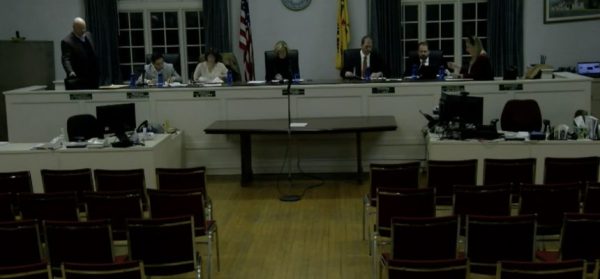


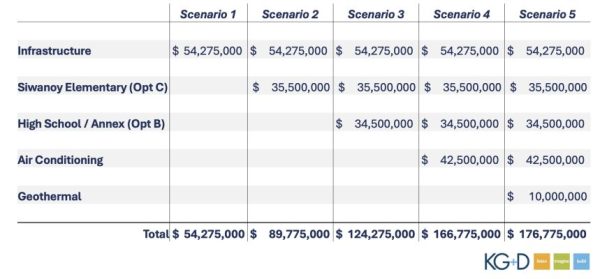
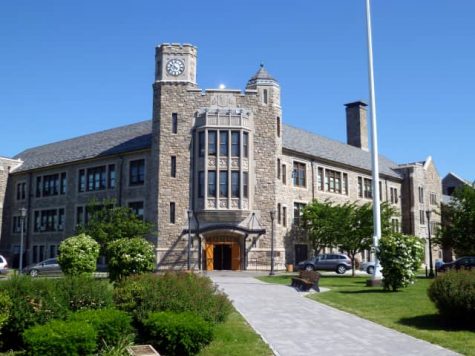
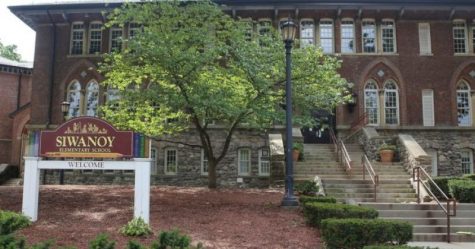
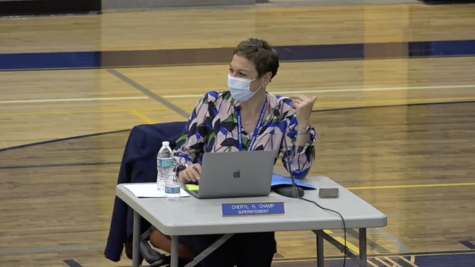

Bob Parisi • Sep 17, 2020 at 11:35 am
been here almost 30 years, the Board ‘s honesty and commitment to service–let alone transparency of process are stellar. The irony of the recent sub rosa write in campaign hopefully isn’t lost on anyone.
Adam Ilkowitz • Sep 17, 2020 at 9:15 am
It continues to be disappointing that our Village takes such a non-transparent approach to what should be a healthy, open, and helpful dialog with the community. There is still time for the Mayor and Board to embrace Executive Order 203 and release materials and hold public sessions as required.